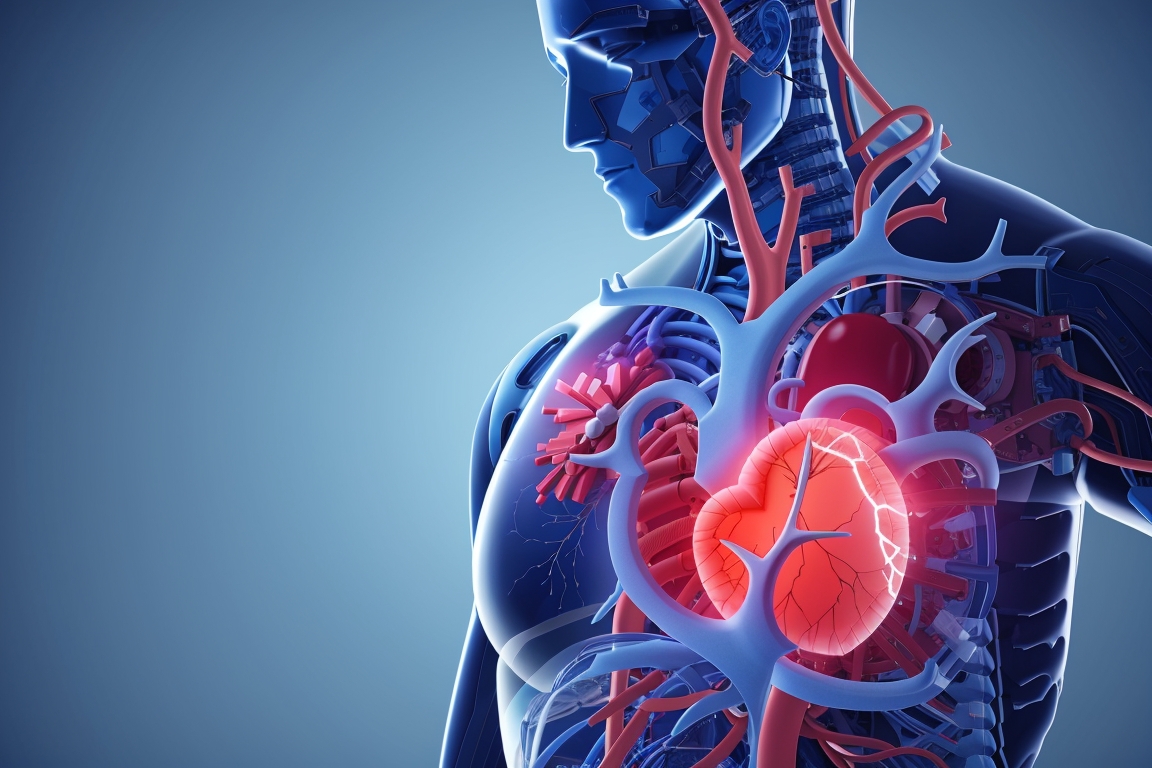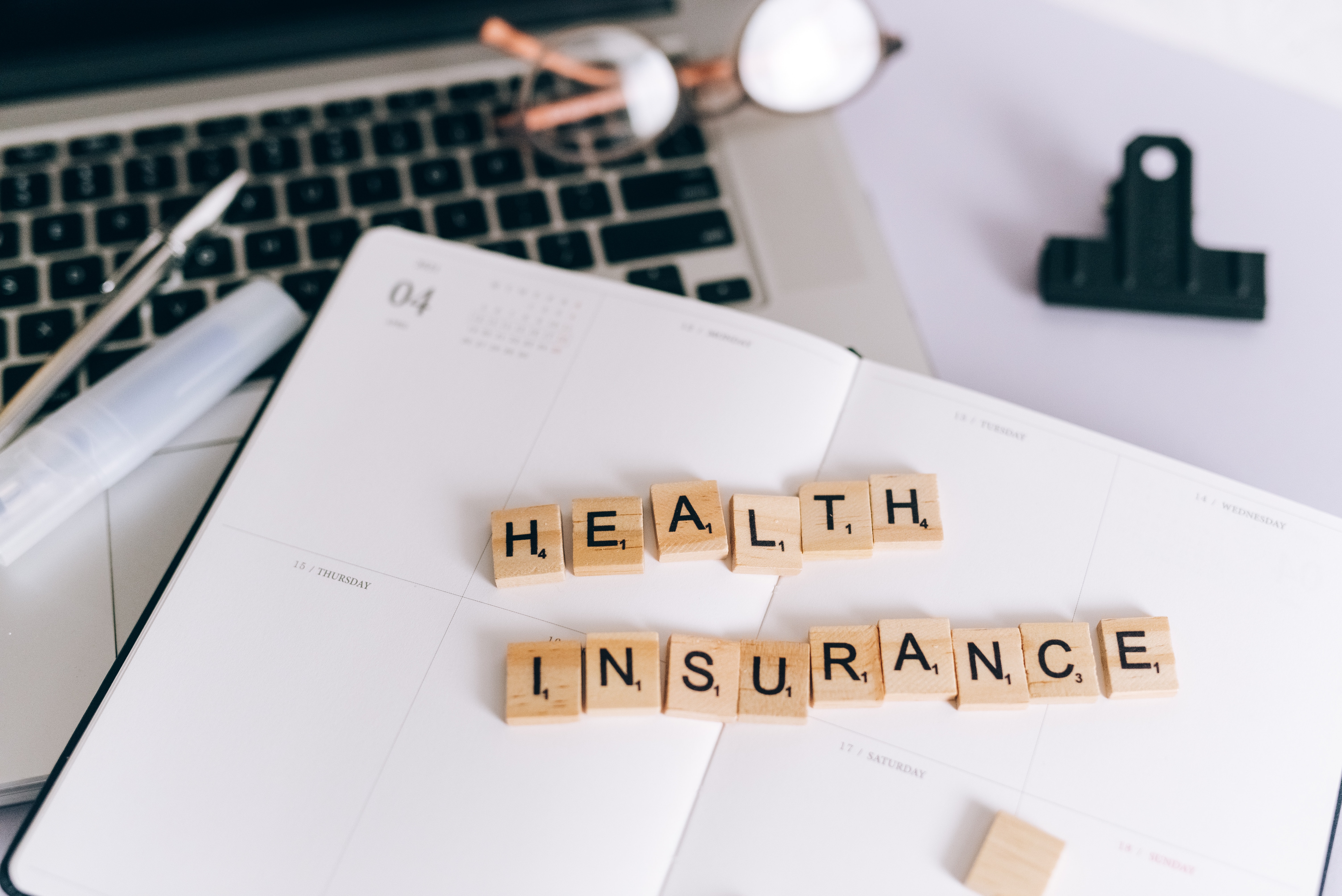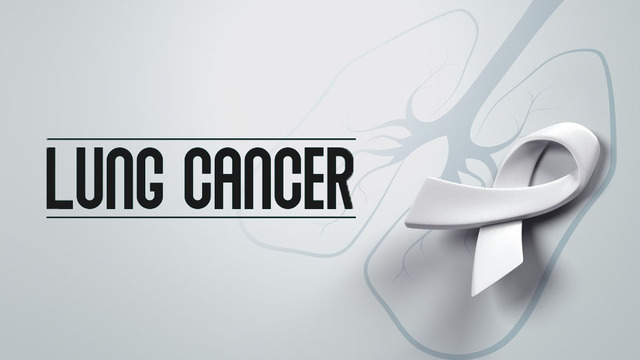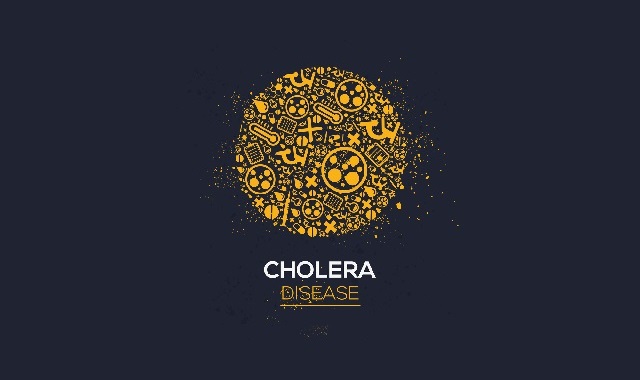Heart Attacks: What’s Really Going On and What You Need to Know

What is a Heart Attack? Understanding the Basics
How heart attack occurs?
A heart attack, scientifically known as a myocardial infarction, it is a harrowing event. That occurs when the flow of blood, delivering life-sustaining oxygen to a section of the heart muscle, suddenly grinds to a halt. The result? A crisis in the making.
And you know Why heart attack comes? This blockage is usually caused by a buildup of fat, cholesterol, and other substances in the heart (coronary) arteries.
Meet the Sneaky Plaques
Okay, imagine your heart is like a bustling city, and it needs a steady supply of oxygen to keep on thriving. Tiny blood vessels carry this precious oxygen, but here’s the twist: there are fatty, cholesterol-containing deposits are called plaques called “plaques.”
These are fatty deposits clogging up the heart’s highways. They’re like roadblocks in your city, but in this case, they block the oxygen from reaching your heart.
When Trouble Strikes
Now, here’s where things get real serious. If that oxygen doesn’t find its way back soon, the heart’s muscle starts to suffer. If blood flow isn’t restored quickly, the section of heart muscle begins to die
Why Heart Troubles Are Growing in the USA?
Now, let’s figure out why heart attacks are on the rise in the good USA. There’s more to the story than meets the eye.
Big Trouble: Obesity and Diabetes
One major player in this mystery is obesity and its sidekick, type 2 diabetes. Think of obesity as extra luggage your body has to carry around all day. It’s often because people aren’t moving much and are eating the wrong kinds of stuff. This duo can lead to high blood pressure and high cholesterol, two bad guys who can mess with your heart.
Stress – The Silent Villain
Here’s another sneaky character – stress. It’s like a dark cloud hanging over our heads. Stress can make your heart work harder and can be a part of the problem.
Global Heart Challenges
And guess what? Heart problems aren’t just in the USA; they’re all over the world. Cardiovascular diseases can make it tough for people. Especially when they’re dealing with something like COVID-19.
Heart Attack Symptoms: What Your Body Might Tell You
Cracking the Code of Heart Attack Signs
Symptoms of a heart attack can vary from person to person just like cancer. Some folks may not notice anything at all. While others might feel mild or super serious signs. The most common warning symptoms of a heart attack may include:
- Chest discomfort: This is the most common symptom. It can feel like something heavy sitting on your chest or a squeezing, full feeling. Sometimes, it’s like a sharp pain that won’t go away. It’s the heart’s way of saying, “Hey, something’s not right here.”
- Discomfort in other areas of the upper body: the signs aren’t just in the chest. They can show up in other parts of the body too. You might feel pain or discomfort in your arms, back, neck, jaw, or even your stomach.
- Shortness of breath: This can occur with or without chest discomfort.
- Other signs: Other possible signs include breaking out in a cold sweat, nausea, vomiting, lightheadedness, fatigue, and heartburn or indigestion.
Hidden Signs for womens: It’s important to note that women may experience other symptoms. That are typically less associated with heart attack. Such as brief or sharp pain felt in the neck, arm, or back. So, if you’re a girl and you ever feel these sneaky signs, pay attention!
Are heart attack symptoms sudden?
Heart attack symptoms can be both sudden and gradual.
The Quick Thunderclap: Some heart attacks are like a sudden thunderclap in a clear sky. Intense and out of nowhere.
The Silent Intruders: Other heart attacks tiptoe in slowly, like quiet intruders. They start with mild pain or discomfort, and you might not even realize what’s happening.
The Mystery of No Clues: Now, get this: you can have a heart attack with barely any signs at all.
The Warning Whispers: But don’t be fooled. Many people get warning signs and symptoms well before the heart attack hits. For example, chest pain or pressure (angina) that keeps happening. If it doesn’t go away with rest may be an early warning sign.
Are heart attack and stroke the same?
No, heart attacks and strokes are not the same, although they do share some similarities. Here’s a brief comparison:
- Heart Attack:
- A heart attack refers to damage to the muscle of the heart, usually from a lack of blood flow.
- Most of the time, a blood clot forms in one of the arteries that supply the heart muscle. Blocking the flow of blood that it needs to nourish it. As the heart muscle starves, it begins to die.
- This causes chest pain and other heart attack symptoms.
- A heart attack occurs when a coronary artery becomes blocked or narrows so much that blood flow stops or is severely restricted.
- Stroke:
- A stroke is also a blockage, usually a blood clot, in an artery that supplies blood to the brain.
- When a clot forms in one of those arteries and stops blood flow, a section of the brain begins to die.
- Stroke symptoms often don’t include any pain or discomfort. A stroke is more likely to be associated with losing feeling or the ability to move.
- Much of the time, strokes affect only one side of the body.
In summary, while both conditions are caused by blockages in blood vessels. Can lead to serious health consequences, they affect different parts of the body and have different symptoms. It’s important to seek immediate medical attention if you suspect either condition.
Can heart attack be cured?
Heart attacks themselves cannot be cured, the damage they cause to the heart can be managed and further heart attacks can be prevented. Once a heart attack happens, it’s like sounding the alarm, and we need to act fast to make sure our hearts stay strong.
This can involve medications such as aspirin, nitroglycerine, and clot-busting medicines.
In some cases, procedures like coronary angioplasty and stenting or coronary artery bypass graft (CABG) may be used. To restore blood flow to the heart.
After a heart attack, cardiac rehabilitation is often recommended. This is a medically supervised personalized program. Which may include exercise, lifestyle changes, and diet.
While these treatments can help manage the symptoms and reduce the risk of additional issues related to heart disease. They do not cure the disease itself. However, research is ongoing into innovative treatments that could potentially reduce. Or may reverse damage from a heart attack.
It’s important to note that lifestyle changes. Such as maintaining a healthy diet, regular exercise, stress management, and regular check-ups. It can help manage these risk factors and reduce the likelihood of heart attacks.
When heart attack occurs?
Heart attacks can occur at any time, but there’s evidence they are more likely to occur during certain periods.
Timing Matters: Some studies suggest that heart attacks are more common in the morning hours, particularly between 6 a.m. and noon. This could be due to the body’s internal clock affecting platelet activity, blood pressure, and other factors.
Age and Heart Attacks: As we grow older, the risk of a heart attack goes up. In men over 45 and women over 55, or after menopause. However, heart attacks can occur at any age depending on risk factors such as high blood pressure, high cholesterol levels, diabetes, obesity, smoking, and family history of heart disease.
Stress and Extreme Adventures: It’s also worth noting that heart attacks can occur during periods of severe stress or extreme physical exertion. For example, natural disasters such as earthquakes have been associated with an increased incidence of heart attacks.
Remember, if you or someone else is showing symptoms of a heart attack, it’s crucial to seek immediate medical attention.
Where heart attack pain is felt?
Heart attack pain is typically felt in the center or left side of the chest, and it often lasts for several minutes. The pain may feel like tightness, pressure, squeezing, or burning. However, it’s important to note that heart attack pain can also occur in other areas of the upper body. These can include:
- One or both arms
- The back
- The neck
- The jaw
- The stomach
Women are more likely to experience pain in the arms, back, and shoulders. These might not happen alongside chest pain. About 1 in 5 heart attacks are silent heart attacks, meaning they can cause damage without a heart attack’s trademark pain.
What heart attack feels like?
- Most of the time, a heart attack feels like something heavy sitting on your chest, or like it’s being squeezed, or even a burning sensation. However, there can be other symptoms in addition to chest pain.
- These symptoms may include shortness of breath, lightheadedness, sudden weakness or fatigue. Some people may experience symptoms like nausea and vomiting, sweating, feelings of anxiety or impending doom.
- In some cases, these symptoms may be present without chest pain. It’s also important to note that heart attack symptoms can vary between men and women.
Which heart attack is dangerous?
- The most dangerous type of heart attack is known as an ST-segment elevation myocardial infarction (STEMI).
- A STEMI heart attack occurs when a coronary artery becomes completely blocked. Preventing blood from reaching a large area of the heart.
- This causes progressive damage to the heart muscle, which can eventually stop it from functioning. The severity of a STEMI heart attack can cause significant damage and is often associated with higher mortality rates. However, all types of heart attacks are serious and require immediate medical attention.
Heart Attack Stats: What You Should Know?
Here are some key statistics about heart attacks:
- Heart disease is the leading cause of death for men, women, and people of most racial and ethnic groups in the United States.
- One person dies every 33 seconds in the United States from cardiovascular disease.
- About 695,000 people in the United States died from heart disease in 2021—that’s 1 in every 5 deaths.
- In the United States, someone has a heart attack every 40 seconds.
- Every year, about 805,000 people in the United States have a heart attack. Of these, 605,000 are a first heart attack and 200,000 happen to people who have already had a heart attack.
- About 1 in 5 heart attacks are silent —the damage is done, but the person is not aware of it.
- Globally, an estimated 17.9 million people died from cardiovascular diseases (CVDs) in 2019, representing 32% of all global deaths. Of these deaths, 85% were due to heart attack and stroke.
- Heart Attacks: Think of them as emergencies in your heart. They can feel like chest tightness or pain, but the signs can be unique for each person.
- STEMI: The most severe type, it’s like a big boss fight. Quick action is crucial.
- Timing and Triggers: Heart attacks can happen anytime, but they’re more common in the morning. Age, stress, and physical strain can also play a role.
- Unique Signs: Everyone’s heart attack clues are different, so knowing them is essential.
- Life After: Even after a heart attack, doctors and medicines can help manage the damage.
- These statistics highlight the significant impact of heart disease and heart attacks on public health. It’s important to manage risk factors for heart disease to prevent these conditions.
CONCLUSION
In our heart health adventure, we’ve uncovered important clues about heart attacks:
Your heart is a precious treasure, and by understanding heart health, you’re becoming a hero in keeping it safe. More adventures await as we explore health and well-being!



